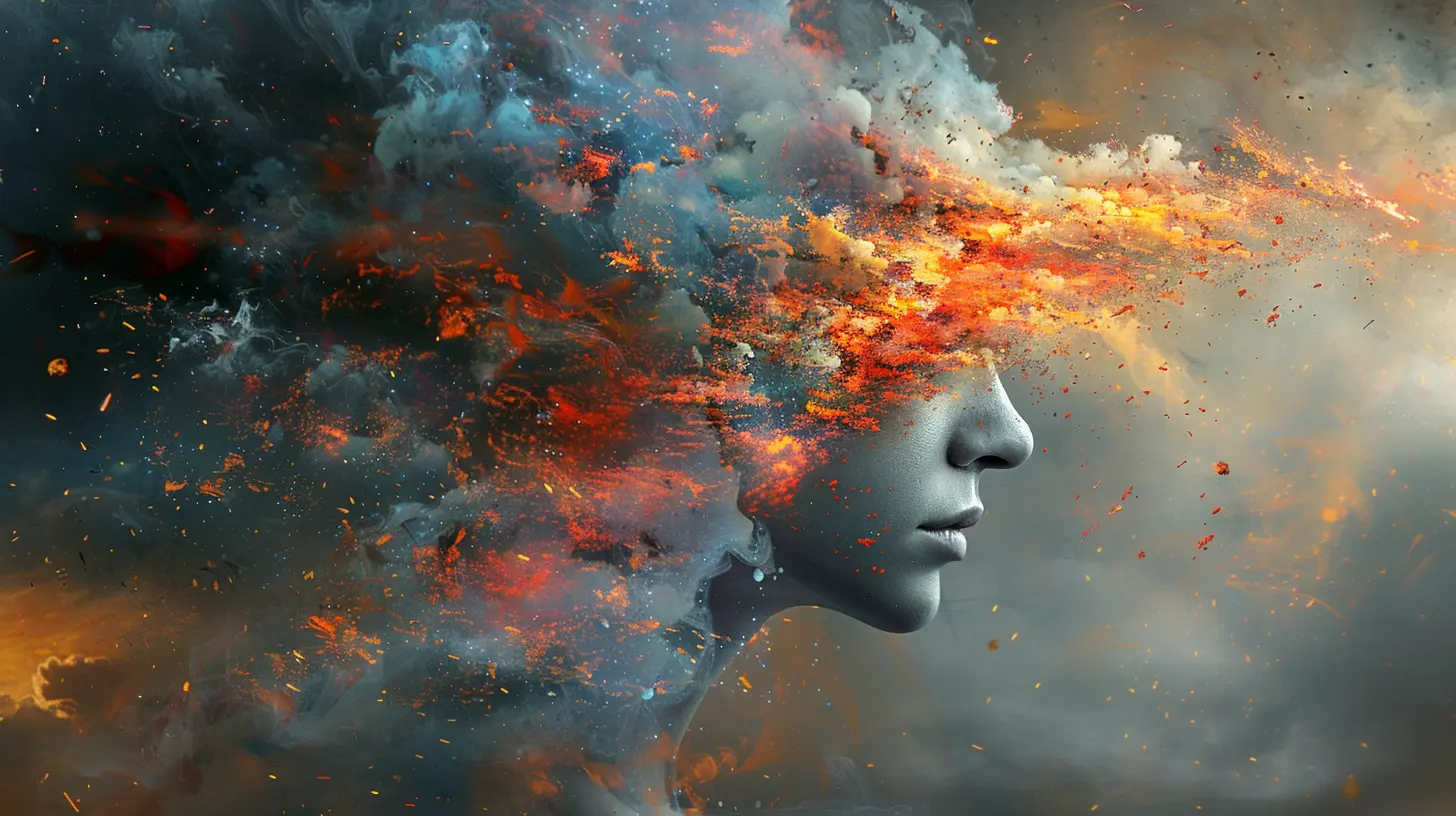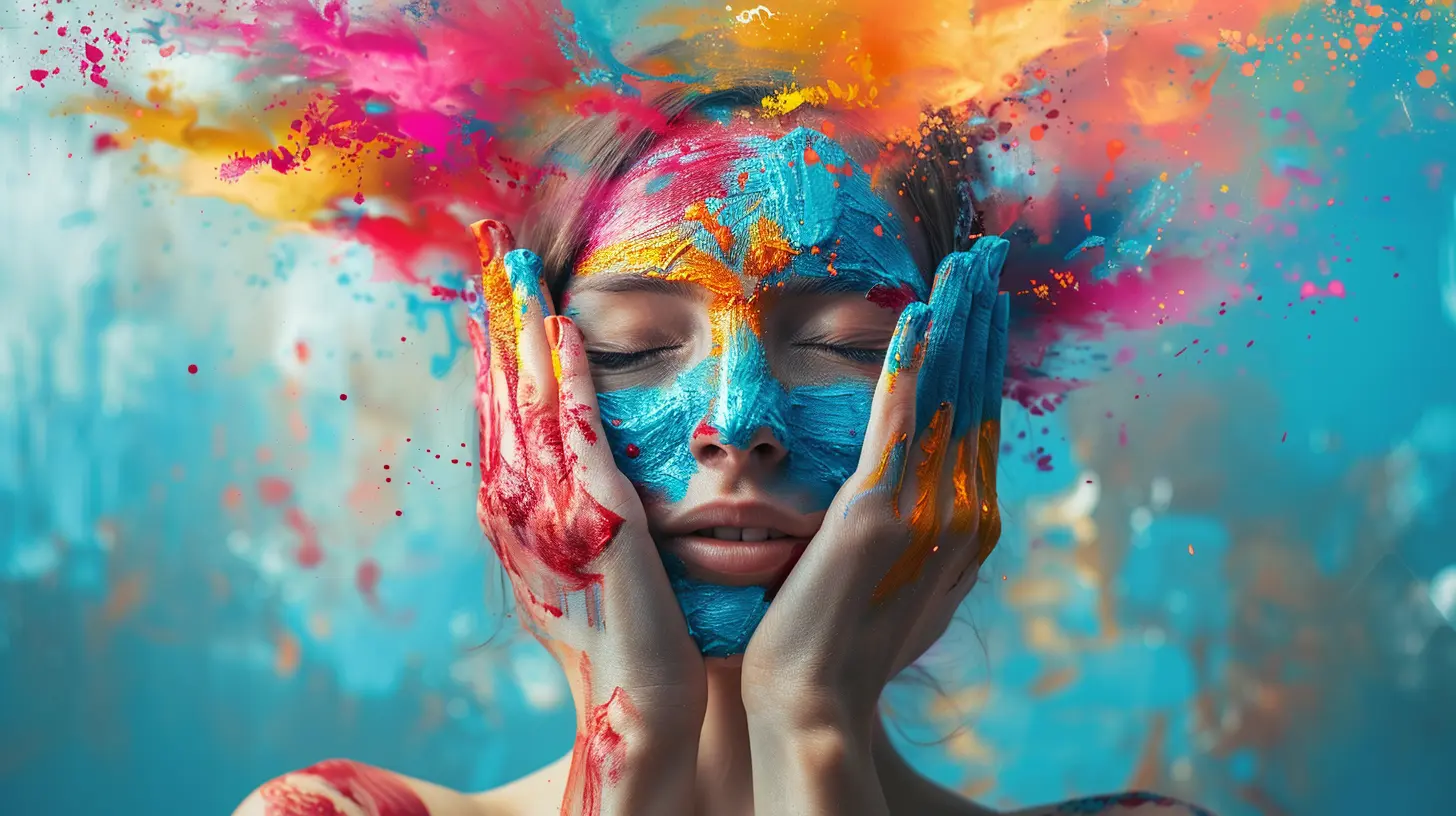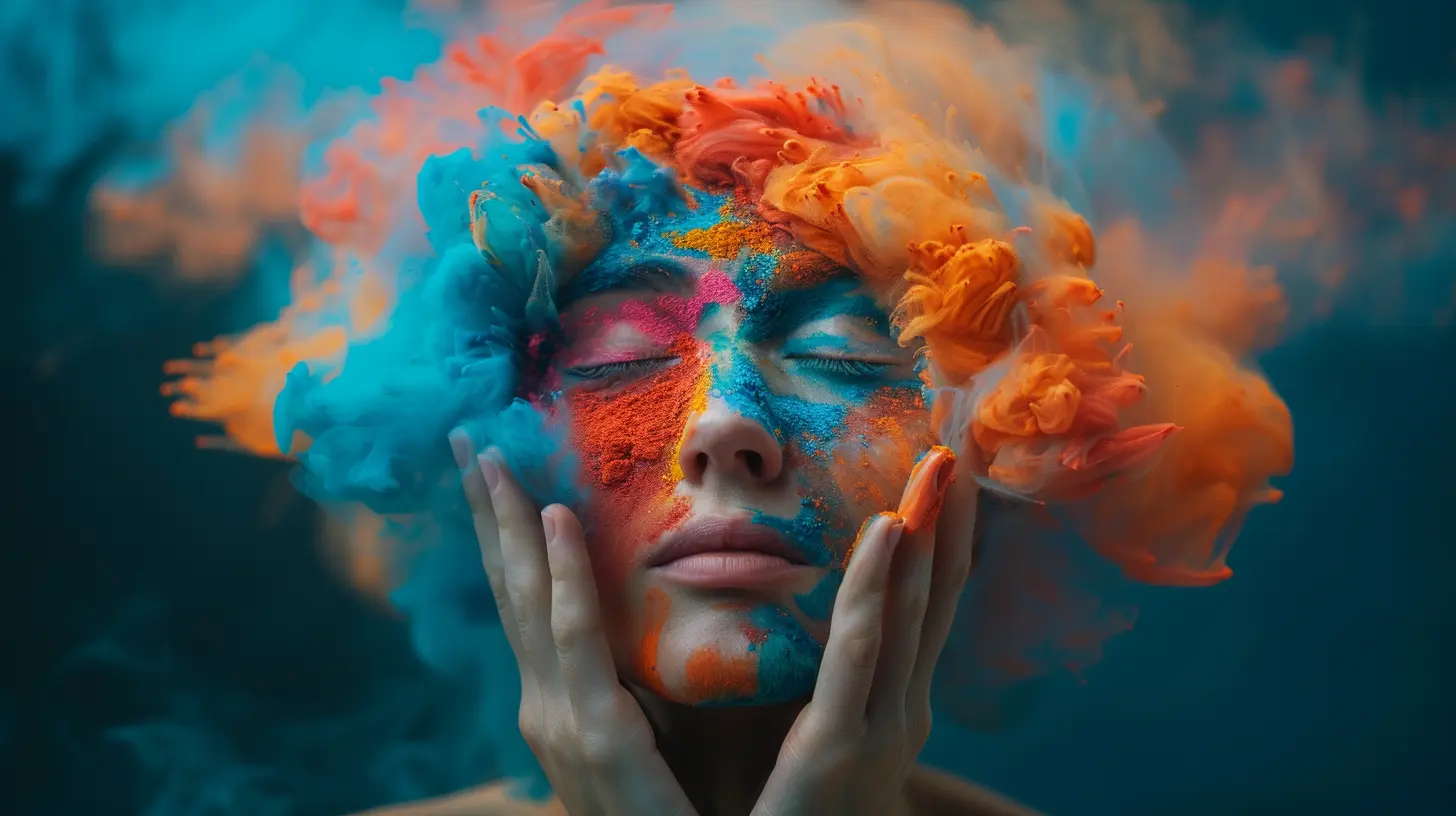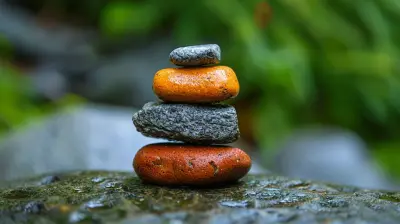The Role of Creativity in Processing and Healing Trauma
24 June 2025
Trauma is messy. It’s unpredictable, painful, and often sticks around longer than we’d like. You don’t just “get over it” — your brain won’t let you. But here’s the thing: we humans are built with a beautiful and underrated superpower that can help us process, heal, and move forward. That superpower? Creativity.
Yes, creativity isn't just for artists, musicians, or those who make Pinterest-worthy crafts. It’s for everyone. And when it comes to healing from trauma, it’s a game-changer.
So, let's dive into how creativity can actually help us make sense of our pain, find our voice again, and begin to heal.
What Is Trauma, Really?
Before we get into the whole creativity bit, let’s break down trauma in simple terms. Trauma happens when something deeply distressing or disturbing overwhelms your ability to cope. It can be from a one-time event like an accident, or ongoing experiences like emotional neglect or abuse.Trauma isn’t just “in your head.” It physically reshapes your brain and impacts how you see the world, yourself, and relationships. It makes you feel stuck, unsafe, and disconnected — from others and even from yourself.
Now here’s the kicker: trauma is stored in the body. That’s why talk therapy alone isn’t always enough. Your brain might understand what happened, but your body is still holding on to it.
Enter creativity.
Why Creativity Matters in Healing
Creativity is more than painting a pretty picture. It’s about connection. It connects thoughts, memories, feelings, and eventually, healing. When we create, we tap into parts of the brain that trauma tends to shut down — like the parts responsible for sensory integration, memory processing, and emotional regulation.Think of creativity like a bridge. Trauma isolates you on one side of the river, and creativity builds the path back to yourself.
How Creativity Helps Us Process Trauma
1. It Gives Us a Voice When Words Fail
Have you ever struggled to explain how you feel? Yeah, trauma does that. It messes with your ability to put pain into words. That’s because trauma affects areas of the brain that are involved in language and expression. So, if talking about it feels impossible, that’s not your fault.But here’s the magic: creativity lets you express what you can’t say. Through drawing, dancing, writing, or music — you tell your story without actually speaking.
Whether it’s painting a stormy ocean to express inner chaos or writing poetry full of metaphors, you’re communicating. And that, right there, is profound healing.
2. It Helps Us Feel Safe Again
Trauma makes the world feel dangerous. It puts your nervous system on high alert — always scanning for threats. That’s exhausting, right?Engaging in creative activities brings you into the present moment. It grounds you. You're focused on shaping clay, mixing colors, writing a song... You're not stuck in the past or anxious about the future.
It creates a space — a bubble of safety — where healing can begin.
3. It Reconnects the Mind and Body
Trauma disconnects. You might feel numb, dissociated, or like your body isn’t even yours. That’s normal. It’s your system’s way of protecting you. But long term? It’s not ideal.Creativity gently draws your attention back to your body. When you paint, you notice the sensation of the brush. When you dance, you feel the rhythm in your bones. When you sing or drum, you tap into your natural rhythm.
This reconnection is powerful. It gives you agency over your own body again.
Creative Modalities That Support Healing
So, what does “being creative to heal” actually look like? Let’s talk about a few creative outlets that are particularly powerful for trauma recovery.Art Therapy
You don’t have to be Picasso to benefit from art therapy. It’s not about making “good” art — it’s about expressing emotion visually. Whether it’s abstract or literal, drawing or collage, the act itself helps you process deep feelings that are too hard to verbalize.Art therapy has been shown to:
- Reduce symptoms of PTSD
- Lower anxiety and depression
- Encourage emotional release
Even outside a clinical setting, simply keeping an art journal can be a powerful tool in trauma recovery.
Music and Sound
Ever heard a song that made you cry for no reason? That’s the emotional power of music.Music therapy uses sound — singing, listening, playing instruments — to tap into emotional memory and regulation. Rhythm, in particular, has a grounding effect. Think of how a heartbeat calms a crying baby. That’s no accident. Drumming, in particular, is known to regulate the nervous system and re-engage the body.
And good news: no musical talent required.
Movement and Dance
Trauma gets stored in the body, so movement can help release it.Dance therapy (or just dancing in your living room) can reconnect you with your physical self. It’s about tuning in and reclaiming your space. Even simple movements — stretching, swaying, walking — help regulate your nervous system.
Dance gives your body a voice, too.
Creative Writing and Journaling
There’s something about writing that unlocks hidden doors in our minds. Journaling is often recommended in therapy, and for good reason. Writing helps reframe experiences, gain insight, and vent in a safe, healthy way.Try free-writing, poetry, or writing a letter to your past self. This isn’t about grammar or spelling. It’s about honesty. Raw, messy truth on paper is better than polished prose.
Tapping Into Creativity After Trauma Feels Hard — And That’s Okay
You might be reading this thinking, “That all sounds nice, but I’m not creative” or “I’m too broken to do this.” First of all, you’re not broken. Let’s get that straight.And second, creativity isn’t a skill you’re born with. It’s an instinct. You have it. Maybe society (or school, or trauma) buried it under fear and perfectionism, but it’s in there. You used it as a kid — remember finger painting without worrying if it was “good”?
Healing creativity is about letting that version of you come out again.
Start small. Scribble. Hum something. Doodle in the margins. Try a simple “draw your feelings” exercise. No pressure. Just play.
Real-Life Stories: Creativity as a Lifeline
Many trauma survivors credit creative expression as the thing that saved them.- A war veteran uses photography to regain a sense of perspective and find beauty in chaos.
- A survivor of childhood abuse writes a memoir, honoring her pain and transforming it into power.
- Someone who lost a loved one paints vibrant murals celebrating life, not loss.
These are not fairy tales. They’re real people, using creative channels to say, “I’m still here.”
When to Seek Help
Creative expression is powerful, but it’s not a substitute for professional therapy. Think of it as a complementary tool — something that adds richness to your healing journey.Art therapists, music therapists, and trauma-informed therapists can guide you in using creativity effectively and safely. Especially if you’re working through intense trauma, having that support matters.
But healing is personal. You get to find what works for you.
Final Thoughts
Creativity doesn’t erase trauma. It doesn’t pretend the pain never happened. What it does is hold your hand as you walk through the shadows. It says, “You can do this. You can take your broken pieces and make something beautiful.”You don’t need to be a professional artist. You don’t need expensive supplies or flawless ideas. You just need honesty, curiosity, and permission to feel.
Your story matters. Your pain matters. And your healing? It matters most of all.
So grab a pen, a brush, some clay, or just put on your favorite music — and let’s create a little light in the dark.
all images in this post were generated using AI tools
Category:
Psychological TraumaAuthor:

Ember Forbes
Discussion
rate this article
2 comments
Marley Gibson
What a wonderful reminder that creativity isn't just for artists! Embracing our creative sides can be a powerful tool for healing. Whether it’s painting, writing, or dancing, let's explore our imaginations and find joy in the journey of recovery!
December 1, 2025 at 5:18 PM

Ember Forbes
Thank you for highlighting the transformative power of creativity! It truly offers a unique path to healing for everyone.
Elle Patel
What a powerful read! It's amazing how creativity can serve as a healing tool for trauma, fostering resilience and personal growth. Thank you!
July 1, 2025 at 4:38 PM

Ember Forbes
Thank you! I'm glad you found it powerful. Creativity truly can be a transformative tool in healing.


